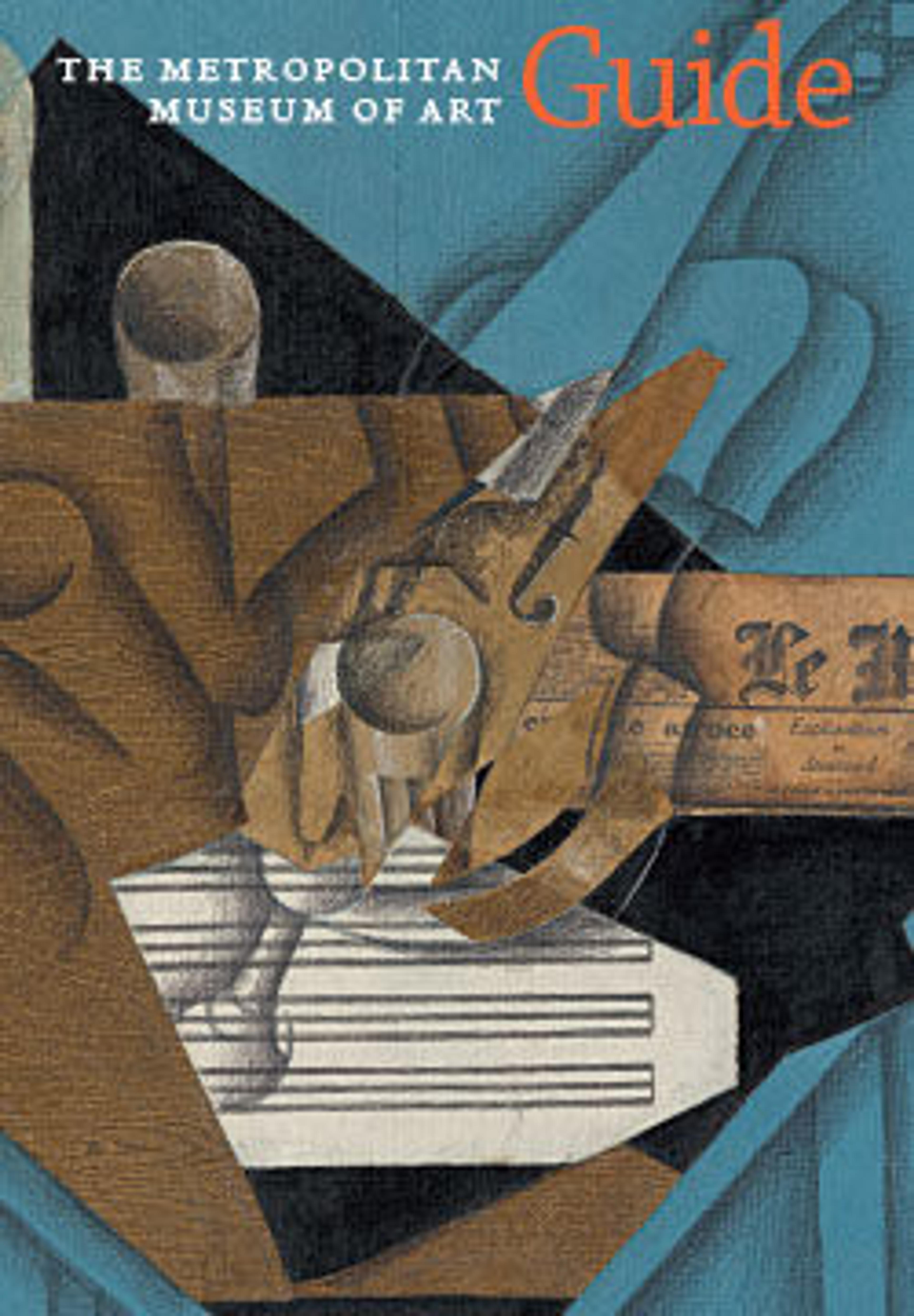English
Terracotta kernos (vase for multiple offerings)
The kernos was a popular type of vessel in the Mediterranean world during the prehistoric period, and particularly impressive examples have come to light in the Cyclades. This vase reflects the potter’s great skill and creativity. The two rings of receptacles probably held multiple offerings, such as flowers, fruit, and other foods. Similar kernoi have been discovered in tombs on the island of Melos.
This vase, together with the jar (2004.363.2) and jug (2004.363.3) displayed nearby, were found together. The painted decoration of the jar is similar to that of the kernos, with rows of alternating narrow and broad chevrons and designs in dark glaze over a white slip. The jug is more extensively decorated with comparable motifs. All three vessels represent Cycladic pottery at its most precise and accomplished, and presumably they came from the same tomb, possibly at Phylakopi, the primary Cycladic settlement on Melos.
They were discovered in 1829 by the British naval officer Captain Richard Copeland. In 1857 his widow gave the objects to Eton College in Windsor, England, where they remained until 1996, when they were lent to The Met. The group was purchased by the Museum in 2004.
This vase, together with the jar (2004.363.2) and jug (2004.363.3) displayed nearby, were found together. The painted decoration of the jar is similar to that of the kernos, with rows of alternating narrow and broad chevrons and designs in dark glaze over a white slip. The jug is more extensively decorated with comparable motifs. All three vessels represent Cycladic pottery at its most precise and accomplished, and presumably they came from the same tomb, possibly at Phylakopi, the primary Cycladic settlement on Melos.
They were discovered in 1829 by the British naval officer Captain Richard Copeland. In 1857 his widow gave the objects to Eton College in Windsor, England, where they remained until 1996, when they were lent to The Met. The group was purchased by the Museum in 2004.
Artwork Details
- Title: Terracotta kernos (vase for multiple offerings)
- Period: Early Cycladic III–Middle Cycladic I
- Date: ca. 2300–1900 BCE
- Culture: Cycladic
- Medium: Terracotta
- Dimensions: Overall: 13 5/8 in. (34.6 cm)
Other: 14in. (35.5cm) - Classification: Vases
- Credit Line: Purchase, The Annenberg Foundation Gift, 2004
- Object Number: 2004.363.1
- Curatorial Department: Greek and Roman Art
More Artwork
Research Resources
The Met provides unparalleled resources for research and welcomes an international community of students and scholars. The Met's Open Access API is where creators and researchers can connect to the The Met collection. Open Access data and public domain images are available for unrestricted commercial and noncommercial use without permission or fee.
To request images under copyright and other restrictions, please use this Image Request form.
Feedback
We continue to research and examine historical and cultural context for objects in The Met collection. If you have comments or questions about this object record, please contact us using the form below. The Museum looks forward to receiving your comments.
